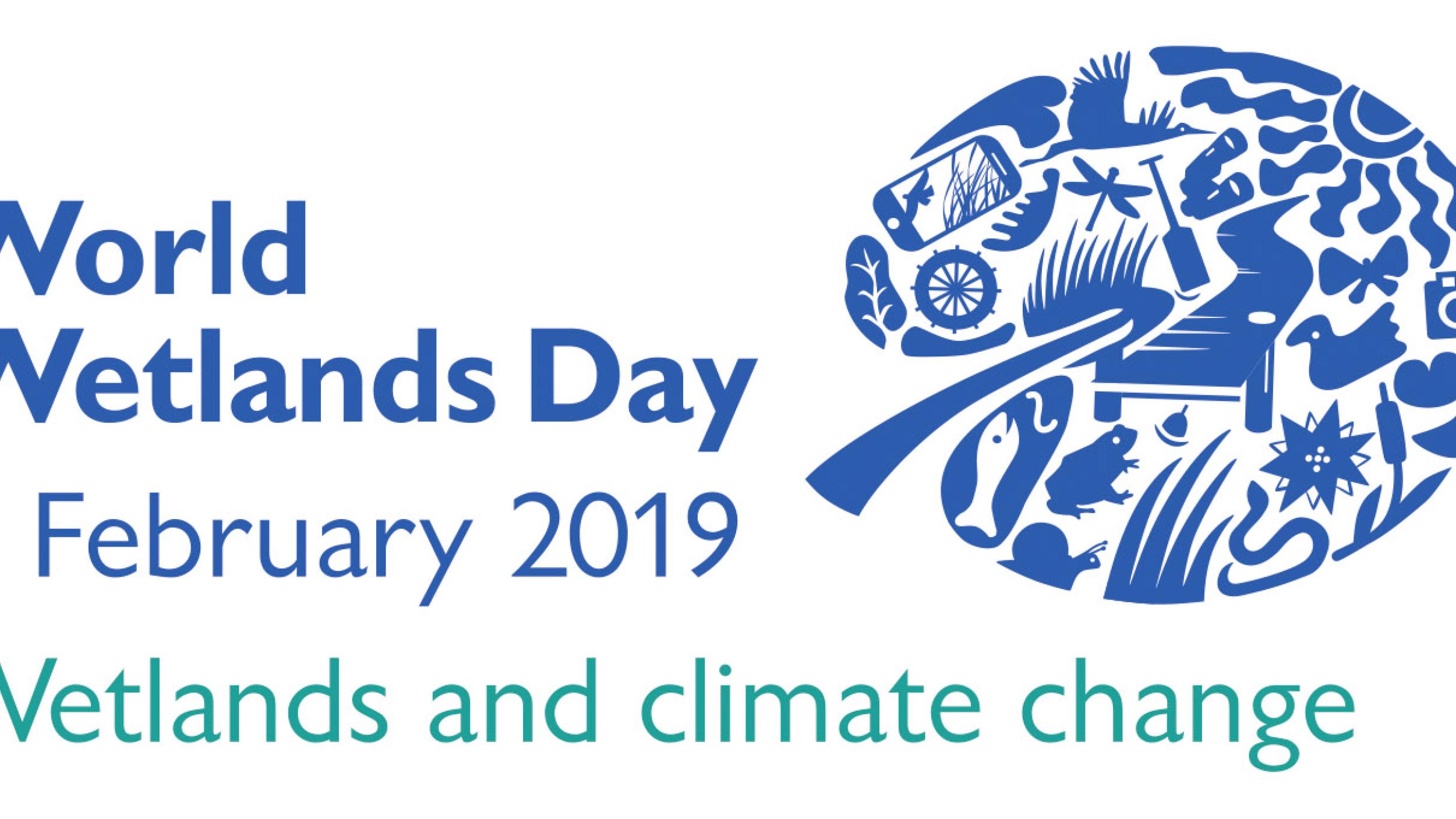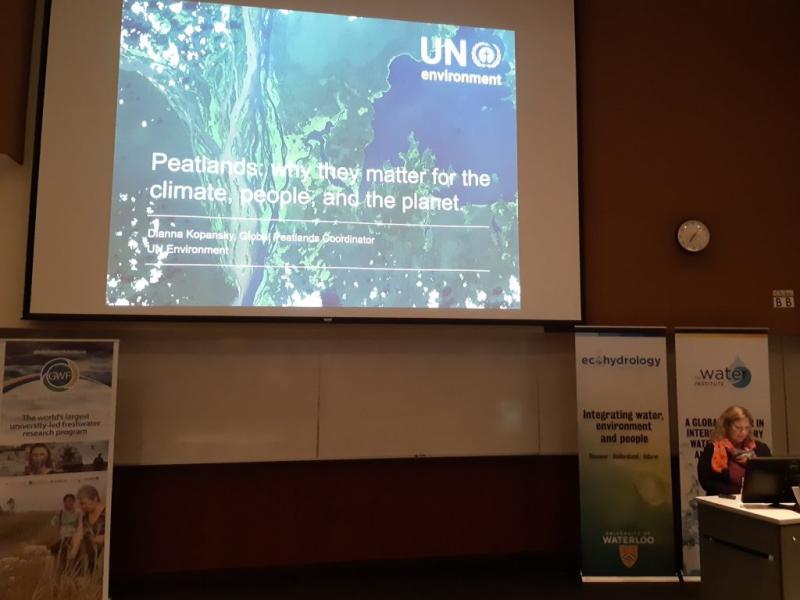
Peatlands are highlighted on World Wetlands Day for their vital role in mitigating climate change
Peatlands are a type of wetland that occurs in almost every country. They represent close to half of the world’s wetlands. Wetlands help us prepare for, cope with & bounce back from the impacts of #climatechange. Learn more on #WorldWetlandsDay 👇 pic.twitter.com/9UG5bhXFTK
— UN Environment Programme (@UNEP) February 2, 2019
February 2 marked the anniversary of the signing of the Convention of Wetlands of International Importance (Ramsar Convention) and was celebrated with thousands of events worldwide, drawing attention to the vital role of these ecosystems.
This year’s World Wetland Day theme, ‘Wetlands and Climate Change’ allowed peatlands to step into the spotlight, being the stand out among wetlands for carbon capture.
Peatlands are a unique type of wetland that occur in almost every country on the globe. Despite covering only about 3% of our planet’s land, they store vast amounts of carbon – approximately 30% of all land-based carbon and twice the amount than all the world’s forests combined. Peatlands are the most effective carbon sinks on Earth (as outlined in the Smoke on Water report).
When drained or burned for agriculture, peatlands go from being a carbon sink to a carbon source, releasing centuries of stored carbon into the atmosphere. CO2 emissions from drained and burned peatlands account for about 10% of all annual fossil fuel emissions.
For the world to keep the global average temperature increase under 2°C, peatlands must gain our attention, locally and globally. Urgent action must be taken everywhere, especially in the tropics, to keep the carbon locked in peatlands where it is—wet, and in the ground. Kopansky highlighted this message at the University of Waterloo’s World Wetlands Day research symposium on February 4, where she gave a public lecture on “Peatlands: why they matter for the climate, people, and the planet”.
UN Environment has taken the lead in propelling action towards the protection of these wetlands and is the lead coordinator of the Global Peatlands Initiative which aims to bring countries and partners together to save peatlands as the world’s largest terrestrial carbon stock thus preventing any more releases of CO2 into the atmosphere.
As the coordinator of the Global Peatlands Initiative, Kopansky also flagged permafrost peatlands as an emerging issue of global concern: the fear is that a warming planet could melt the ice that protects peatlands in the globe’s frozen north, leading to the release of vast amounts of CO2 into the atmosphere. Receiving much praise, her speech triggered a string of bilateral meetings and secured further partnerships with Canadian peatland and wetland researchers and conservation organizations, as the Global Peatlands Initiative moves to engage temperate and permafrost peatlands into its portfolio of work.
Stuart Crane of UN Environment also spotlighted peatlands and the work of the Global Peatlands Initiative at the World Wetlands Day panel discussion, “Wetlands: Natural Solution for Reducing Carbon Emissions” on January 31 in Geneva, hosted by the World Meteorological Organization.


The Global Peatlands Initiative triggered a surge in momentum for the support of peatlands protection in 2018. Germany, which has seen most of its peatlands drained or otherwise destroyed, recently announced its support for the Global Peatlands Initiative with just under two million euros of funding from the Federal Environment Ministry’s International Climate Initiative (IKI).
Other achievements include: securing support for the Congo Basin Cuvette Centrale peatlands with the Brazzaville Declaration on Peatlands, signed by Environment Ministers of the Republic of Indonesia, the Republic of Congo and the Democratic Republic of Congo; the adoption of the resolution “Guidance on identifying peatlands as Wetlands of International Importance (Ramsar Sites) for global climate change regulation as an additional argument to existing Ramsar criteria” at the Ramsar COP13; the soft launching of the International Tropical Peatlands Center (ITPC) in Indonesia; the memorandum of understanding for sustainable peatland management between the Republic of Indonesia and the Republic of Congo; and the myriad of events with peatlands as the hot topic at the Global Landscapes Forum in Bonn and the UNFCCC COP24 in Katowice.
2019 is shaping up to be another fruitful year as the Global Peatlands Initiative pushes stronger to put peatlands on the global agenda.